Liam Byrne was 13 when he told his dad Mike he wanted to learn how to fly like a bird.
Fast forward 10 years and Liam is jumping off cliffs and mountain tops and hurtling towards the ground at speeds of up to 180mph.
His mum, Gillian, fondly calls him the ‘Bird Man’.
Born and bred in Stonehaven, Liam, 23, is the current British wingsuit performance flying champion.
He learned how to skydive when he was 16 and became Britain’s youngest wingsuit pilot on his 17th birthday.
Since becoming hooked on what’s considered one of the world’s most dangerous sports, Liam has made more than 4,000 jumps across the globe.
“I can reach speeds of 180mph,” he tells me. “I’m like a bird.
“It’s very dangerous. You hike up to the top of a mountain with a parachute or wingsuit on your back and jump.
“There are a lot of deaths; you can’t pretend things don’t happen.
“When I’m getting ready to go to the edge of the cliff, there’s still a voice in my head that says: ‘What the F are you doing, man?’
“And then there’s another voice that says: ‘This is all you’ve been dreaming about your entire life. This is your destiny’. And that voice always wins.”
Liam knows he’s not invincible
In September, 27-year-old Jonathan Bizilia, an experienced BASE jumper professional skydiver from Alabama was killed while jumping in a wingsuit in the Utah mountains.
A further five people have died while wingsuit flying this year alone, and eight in 2023.
“Nobody’s invincible,” reflects Liam.
“I’ve been up on the mountains when there’ve been accidents in the valley and people have died.
“The following day you’re out in the woods with friends, looking for the guy’s camera, to find out what went wrong.”
However, Liam says the idea of having an office job scares him far more than the fear of dying from a base jump or wingsuit flight.
And to those who would call him reckless, he vehemently denies this.
Can wingsuit flying ever be ‘safe’?
“I’m about as far from a reckless adrenalin junkie as you could possibly get,” he insists.
“Preparation has always been at the heart of all my challenges.
“You can’t eradicate risk, but you can manage it, and I take a rigorous approach to safety.
“I’ve been training for 10 years – training my body and studying the aerodynamics of flight.”
When he’s “in the moment”, Liam says the terror “isn’t there. But he’s not fearless.
“My biggest fear is probably getting injured, having a broken body, or ending up in a wheelchair for the rest of my life,” he muses.
Liam’s obsession with flying began at an early age. He was always drawn to birds, admiring the way they harness the elements.
“I’d look out the window staring at seagulls with a sense of envy; they have that freedom to just take off and fly away.
“I knew that’s what I wanted to do early really on – fly like a bird.”
His dad, Mike, a former Commando, was a huge inspiration, encouraging Liam to believe in his dreams.
Where did Liam’s adventures start?
A hike up Bennachie, a 528m hill in Aberdeenshire, when Liam was 12, inspired father and son to tackle 5,895m Kilimanjaro.
“That trip was where I got that first sense of adventure,” Liam says.
“From there it just snowballed, and every year after we did something extreme: dog sledding through the Arctic; scuba diving; climbing Mount Elbrus, the highest mountain in Europe.”
Liam earns his money by coaching and instructing skydiving and wingsuit flying across the world – but when he’s back home in Stonehaven he works for his dad’s construction company.
Most of his wingsuit flying is done in the Alps, in Switzerland or the Italian Dolomites.
What is wingsuit flying?
But what is wingsuit flying, if not just dressing up like a flying squirrel?
It’s essentially a base jump done wearing a wingsuit.
So what about base jumping? “It’s jumping from a fixed object with a parachute,” explains Liam.
“Wingsuit flying is the pinnacle; it’s how you can really soar and control tiny movements in the air, like a bird does.
“You jump off a cliff, and as you fly forward, air goes into the wingsuit, inflating it so that it becomes a fully rigid wing.
“You freefall for up to three minutes, thanks to the wingsuit, but can you then fly for miles.
“I can fly through the forest at 180mph. It’s like wearing a fighter jet.
“I do ‘proximity flying’, which means I’ll be just inches from mountain faces, trees and the ground. There’s no room for error.”
It’s tough on his body – Liam describes being in the wingsuit as “effectively doing a plank in mid-air for several minutes”.
So he needs to stay strong and fit – just as well he’s a gym addict.
He find meditation helps, too – to get his mind in the right place to jump.
Life of a daredevil
Liam’s lifestyle – chasing the best conditions – means he spends most of his time on the road, living in his campervan.
“I’m committed to this life,” he muses. “In the beginning I was just a kid and thought it was the craziest thing I could do with my life.
“Then you get into the community, living at drop-zones (landing areas for skydivers, base jumpers and wingsuit flyers).
“The feeling you get from jumping is amazing – it’s addictive. It’s a healthy drug.
“Once you start doing really dangerous s*** and survive it, it’s the best feeling in the world. It’s like, ‘oh, I didn’t die’.”
While Liam is the current British champion in wingsuit performance flying, he says he “doesn’t care” about competitions.
“It’s not what it’s all about for me,” he shrugs. “But skills you learn through competition flying do help in the mountains.”
His biggest challenge? He finds it hard to pin one down. But one of his boldest was in summer – wingsuit flying off Männlichen mountain in Switzerland.
The jump, which started at 7,687ft, called for an extremely technical level of piloting, necessitating precision control to successfully and safely navigate trees and gullies on the way down to the ground.
But his toughest test can be managing adrenalin. “You need to find the balance and control what you allow into your mind,” he reflects.
“It’s a mental battle. Every time I go up I question what I’m doing. You have to get over that.
“You get into this flow state where you’re ultra focused – everything else just switches off. Time slows down. It’s super rewarding.”
Does Liam’s family fret?
No matter how safe Liam tries to make the sport for himself, he does wonder how much it stresses his family.
How does his dad, Mike, 51, feel about it?
“I’ve buried him ten times, already, in my head,” he reveals.
“But I’ve always encouraged Liam to follow his dreams. I’d never dream of stopping him.”
- Liam stars is a new documentary – The Boy Who Can Fly. It airs on BBC One on Friday November 8 at 7.30pm and will be available thereafter on BBC iPlayer.

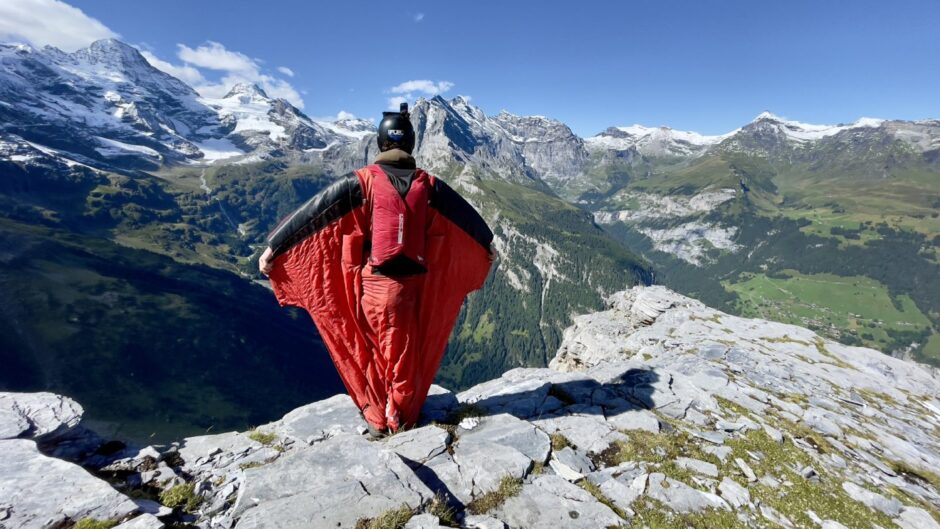
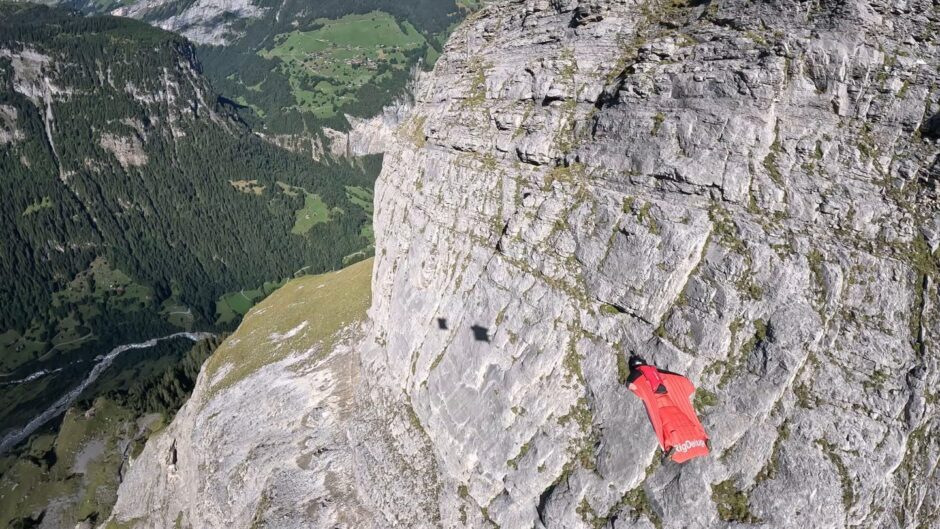
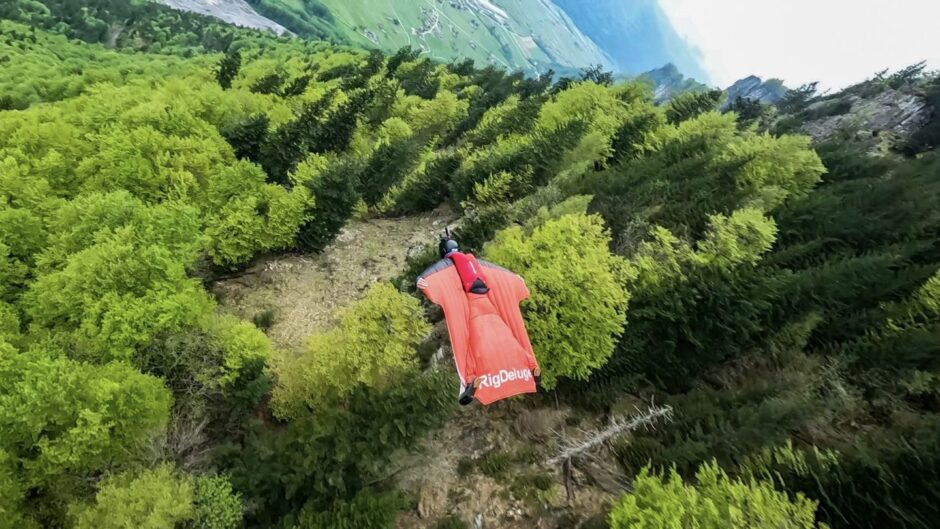
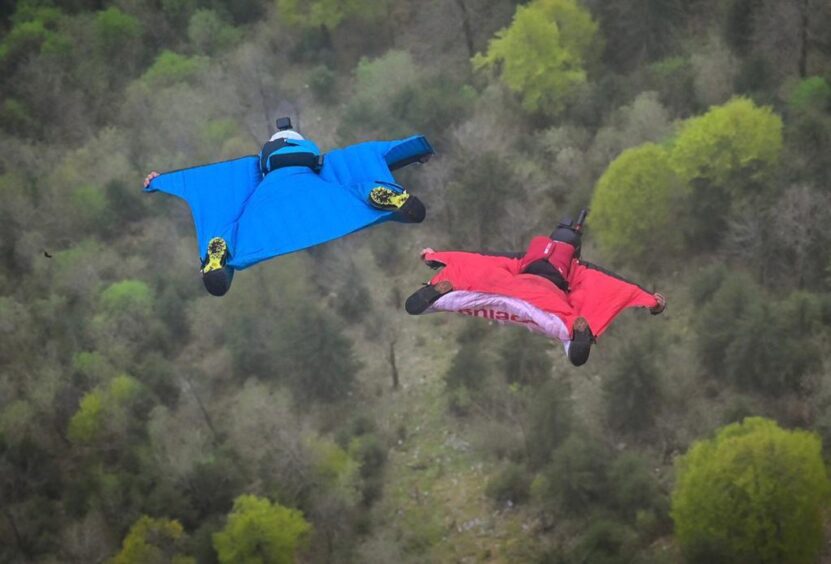
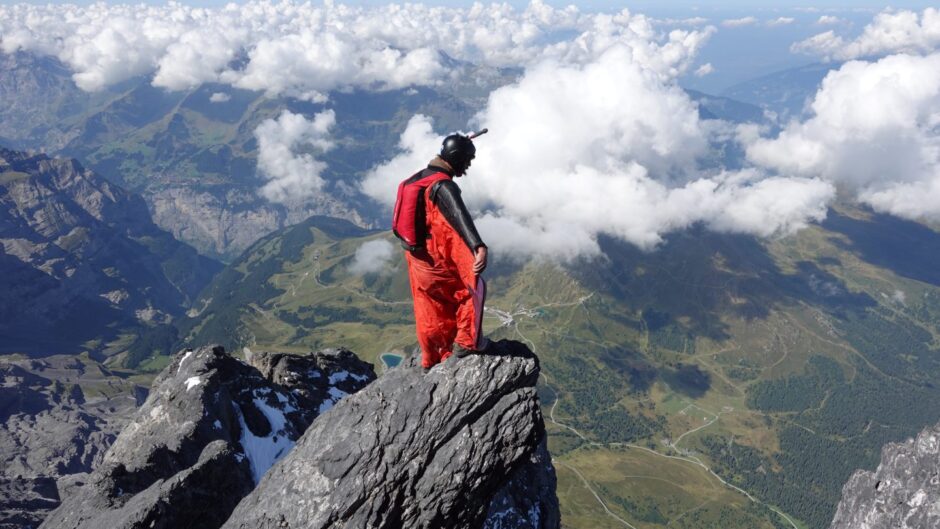
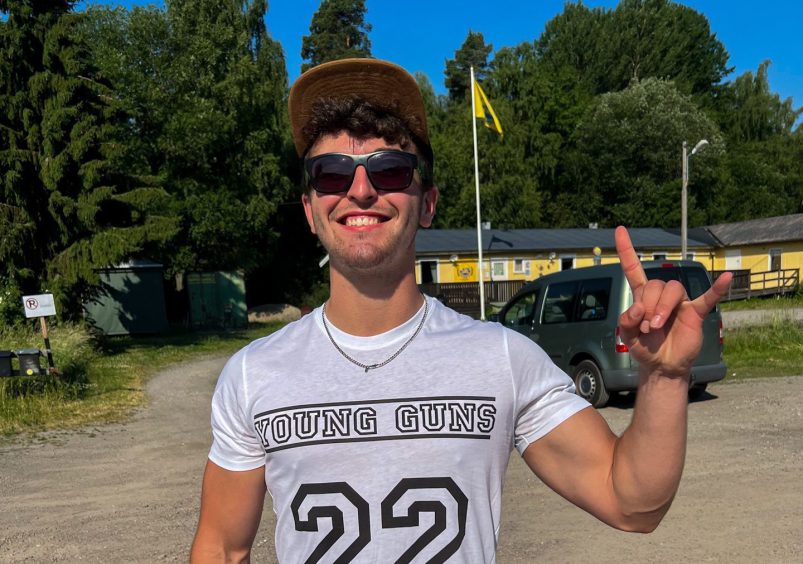
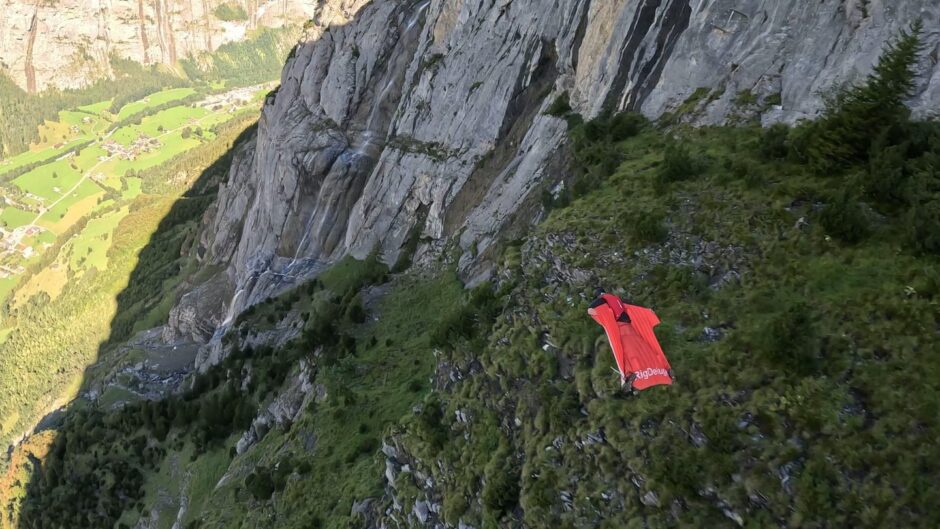












Conversation